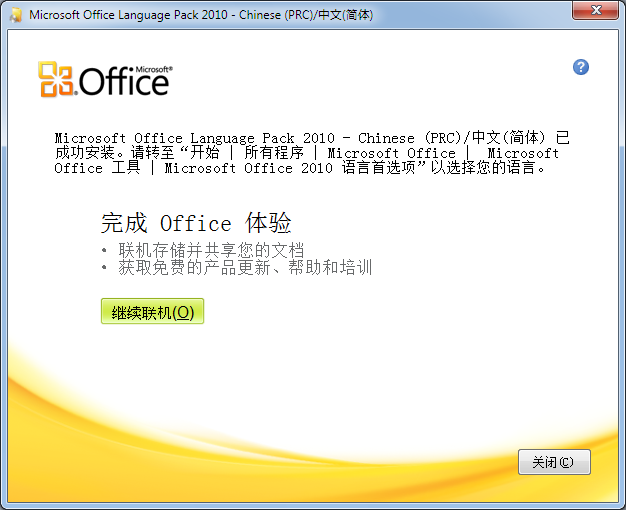Office Chinese Font
How many glyphs are there in a Chinese font set? Does Chinese have “serifs” and “sans-serifs”? What is the Helvetica of the Chinese font world? We'll answer all these questions and more as we cannonball into the deep end of East Asian typography.
Custom Search FAQ: Free Traditional IME 2010 Update Microsoft New Phonetic, Cangjie, Quick and Cantonese Jyutping Traditional Input Method Updates for Windows 7, Vista and XP Q: Is there a way to update/upgrade/repair my Microsoft Traditional/Taiwan/HK IME? A free download from Microsoft supports Windows 7, Vista and XP SP3, and despite its name does not require you to own Microsoft Office! This free update is called 'Microsoft Office 輸入法 2010' but does not require any version of Office installed. This is for Windows 7, Vista and XP SP3 and - I repeat - does not require Office. It will install on both 32-bit and 64-bit systems. What's new: • Updates • New Phonetic 2010, featuring Pinyin, Zhuyin, & other popular keyboards, • New ChangJie 2010, which should be written 'Cangjie'., and • New Quick 2010, a keyboard overlay a bit like Cangjie. • New (and newly returned) • Hong Kong Cantonese 2010, featuring Jyutping (Jyutpin) phonetic input, • Hong Kong Cantonese, which was missing in Vista and Win7 for awhile, • Simplified character option (Tool menu >Properties), and • Unicode font support option (Tool menu >Properties.
New for XP users.) Installation: In Windows XP you must. In Windows 7 and Vista, East Asian languages are enabled by default.

Install this update after Language Packs / MUI Packs for Windows or Office to avoid replacing this update with older IME files. Go to this Microsoft download page: Although that page is titled 'Microsoft Office 輸入法 2010', don't worry if you have a different version of Office or don't have Office at all. You'll still be able to install this. You can also ignore the omission of Vista and XP sp3: it works on those as well as Windows 7. (It does not work in Windows 8 or later.) Click the '下載' ('Download') button: On the next page, select the appropriate version for your system: x64 for 64-bit systems, or x86 for 32-bit systems.

After you download the file, double-click, install and you're done.unless you get an error message. If your installation isn't stopped by an error message, you can skip this section and scroll on down. For a while this was fixed, but it may have returned. If you do see this error message, read on. The first time I clicked the installer, I got the very cryptic 'You don't need this' message shown here. ---->Someone at Microsoft keeps releasing IME update installers that look for Office on your system.
I think Office is distributed in Chinese markets with Chinese language packs containing the latest IME updates, and so if it sees Office the installer assumes you already have the update. I got them to fix this once in the Taiwan/HK IME updater, but now it's back - in both the Taiwan/HK and mainland/Singapore versions! If you have Office 2013, you may see a different error about missing IME64.cab or IME32.cab files. Solution: I've extracted the main.MSI installer files for all of you, kept the old.cab files in the folder for anyone with a newer version of Office, and deleted the rest.
So, if you don't mind downloading installation files from my site, here are the 32-bit and 64-bit versions with that problem removed: (136 MB) Restart your PC if you don't see the updates in your Language Bar/band after installation. I did see them immediately, but this is always a good idea after any system-related installation anyway. The update should pick up your previous IME settings if you had already turned on those keyboards, but if you need to change New Phonetic from Zhuyin to Pinyin please see my setup instructions for the original Microsoft New Phonetic IME here: • For more help please see these FAQs: • • • And have you updated your PRC IME? Please see the for more information.
Free Download The Game Farkle Rules Programs Like Photoshop here. Works in Windows 7, Vista and XP SP3 with or without Office.
Custom Search About MS Office Chinese Language Packs And the related FAQ: Where can I find the Office Proofing Tools? The primary purpose of Office language packs — now called language accessory packs for Office 2016 — is to change the display language of Office menus, dialogs and Help into your native language, just as Windows language packs do for the overall system. But they are accompanied by a free handy toolset you can use across languages: the Office Proofing Tools.



